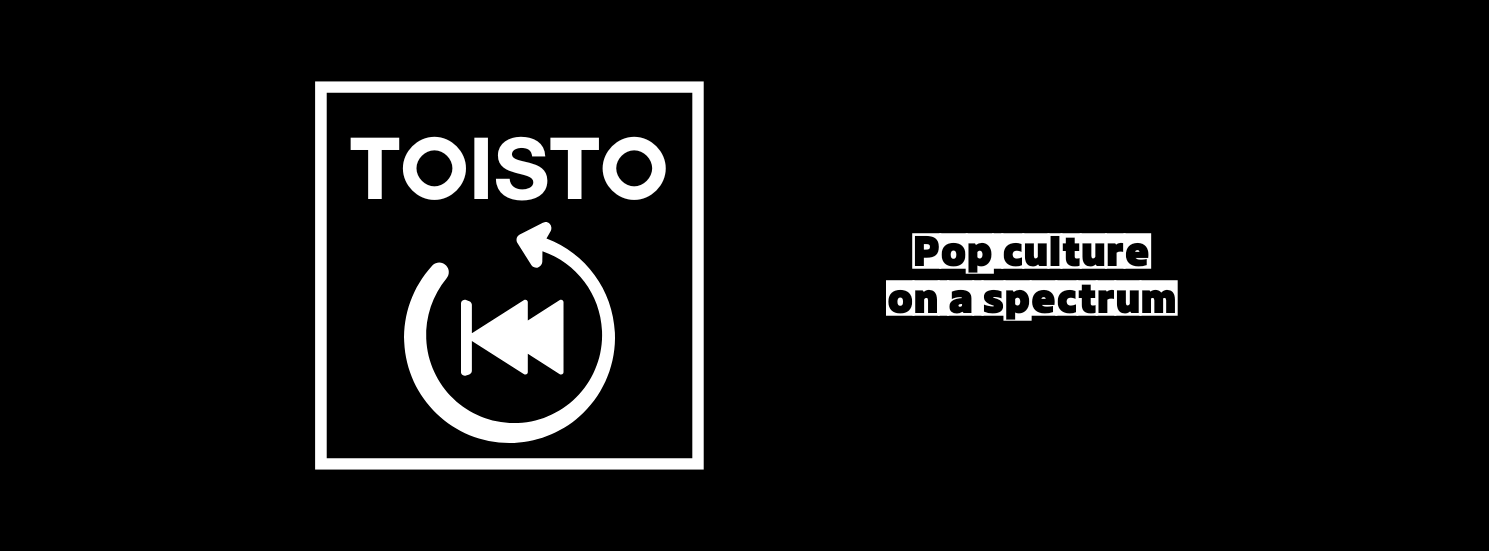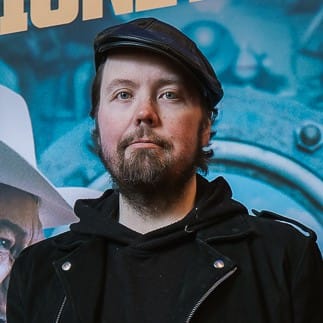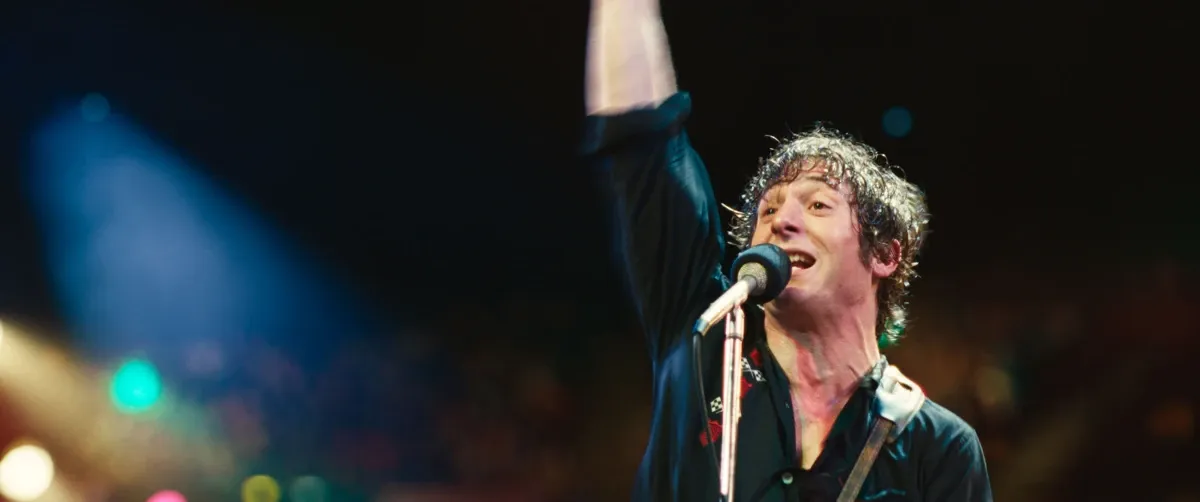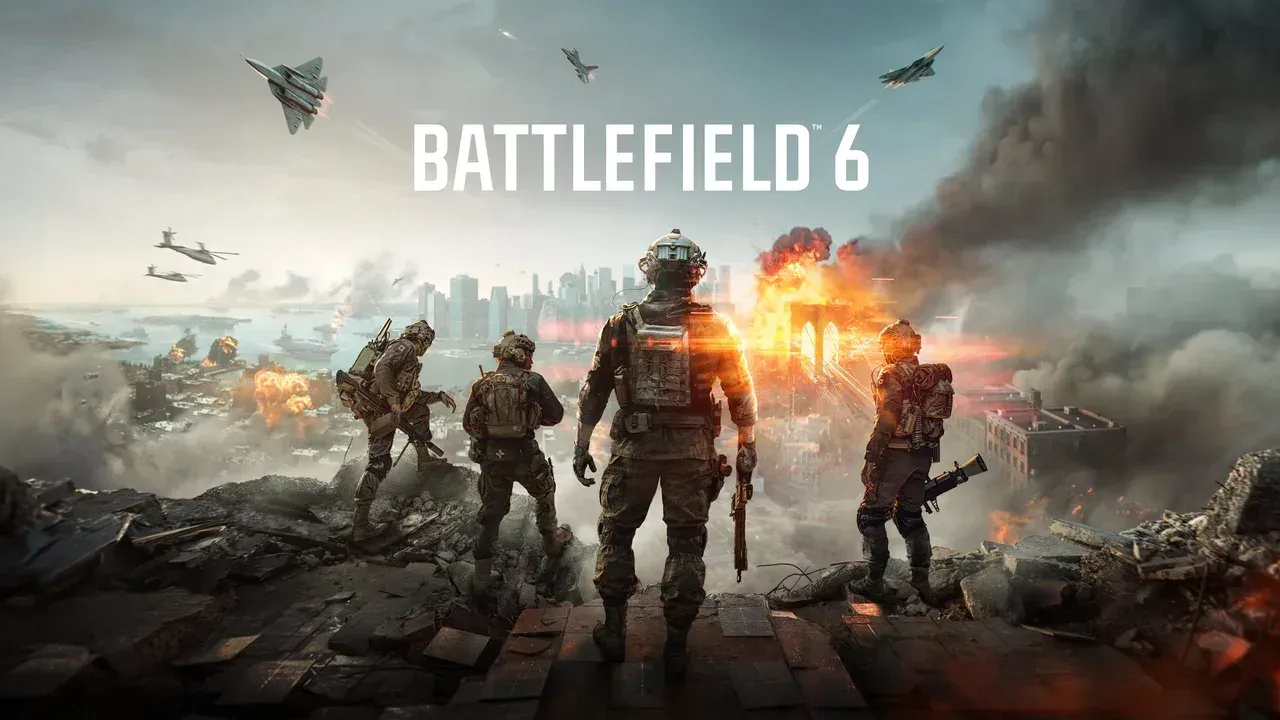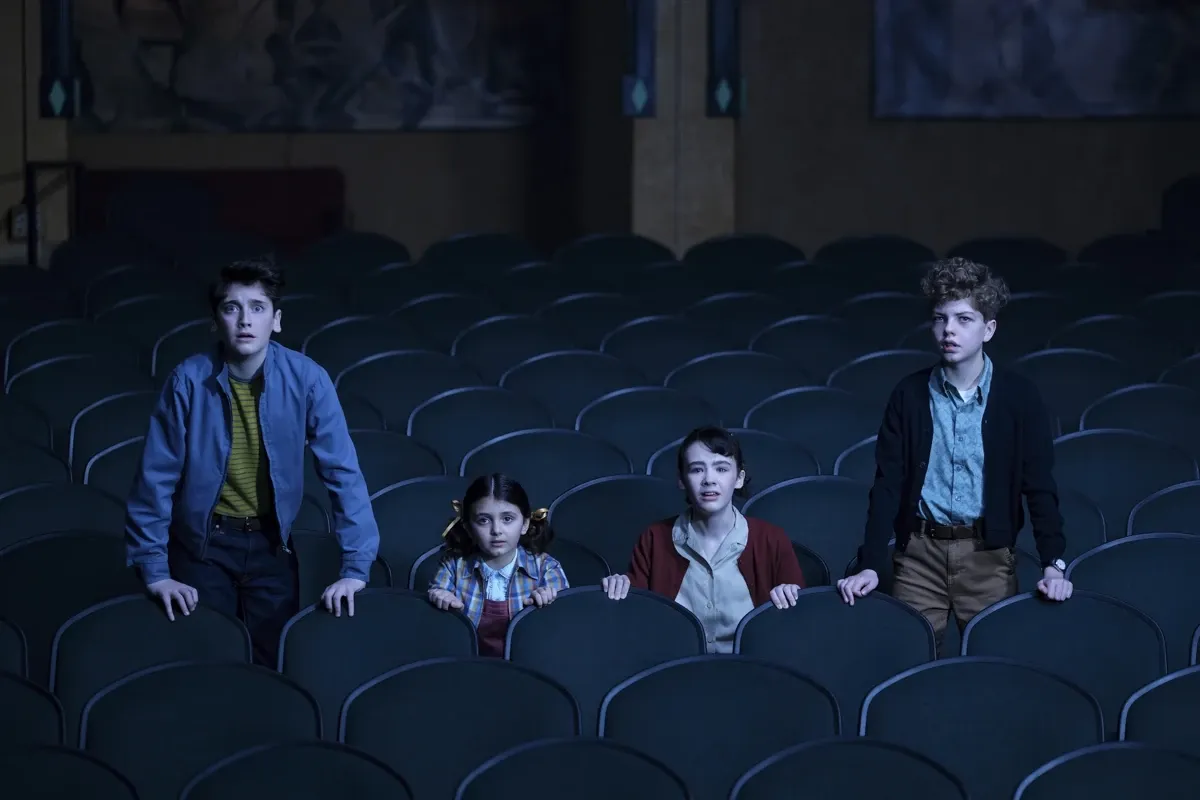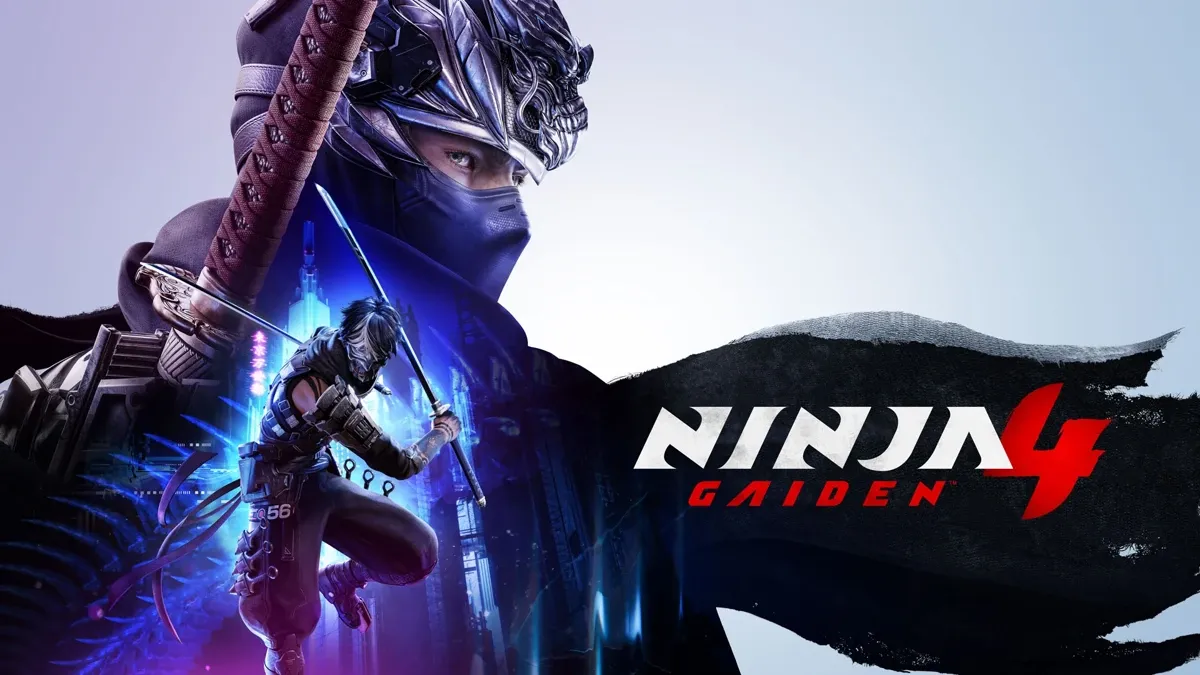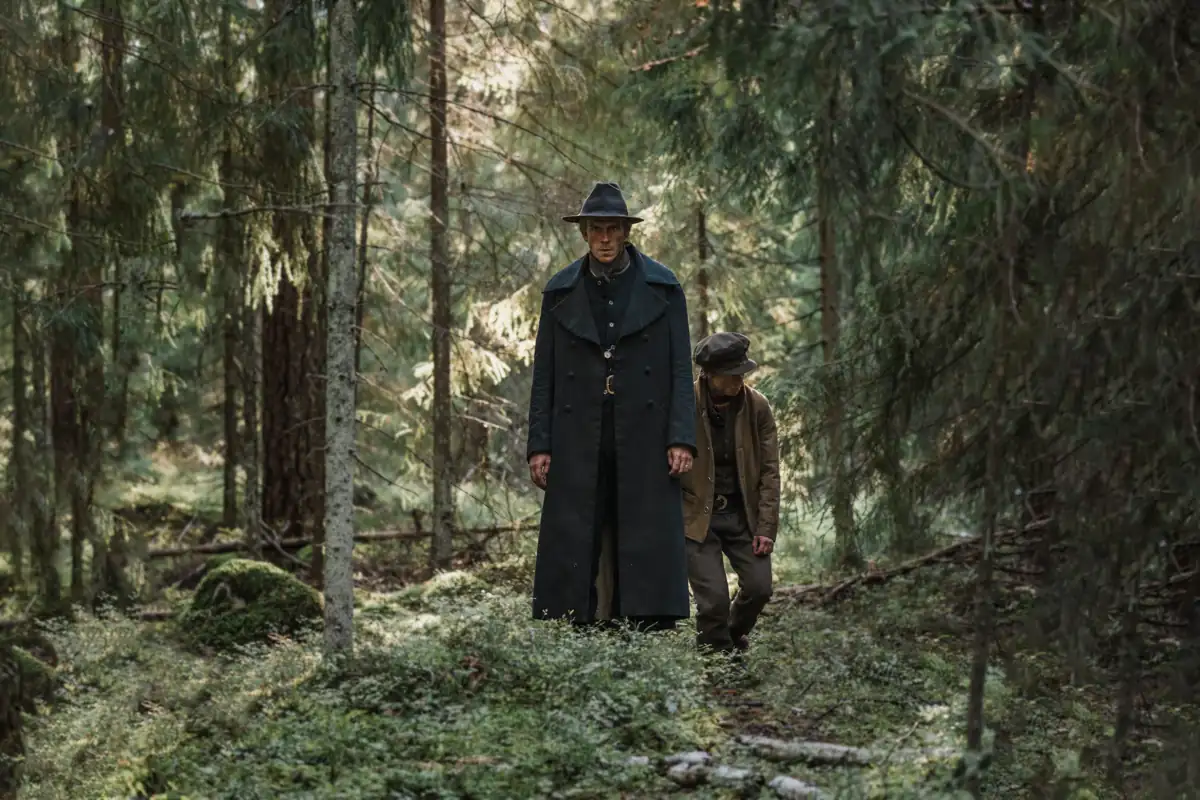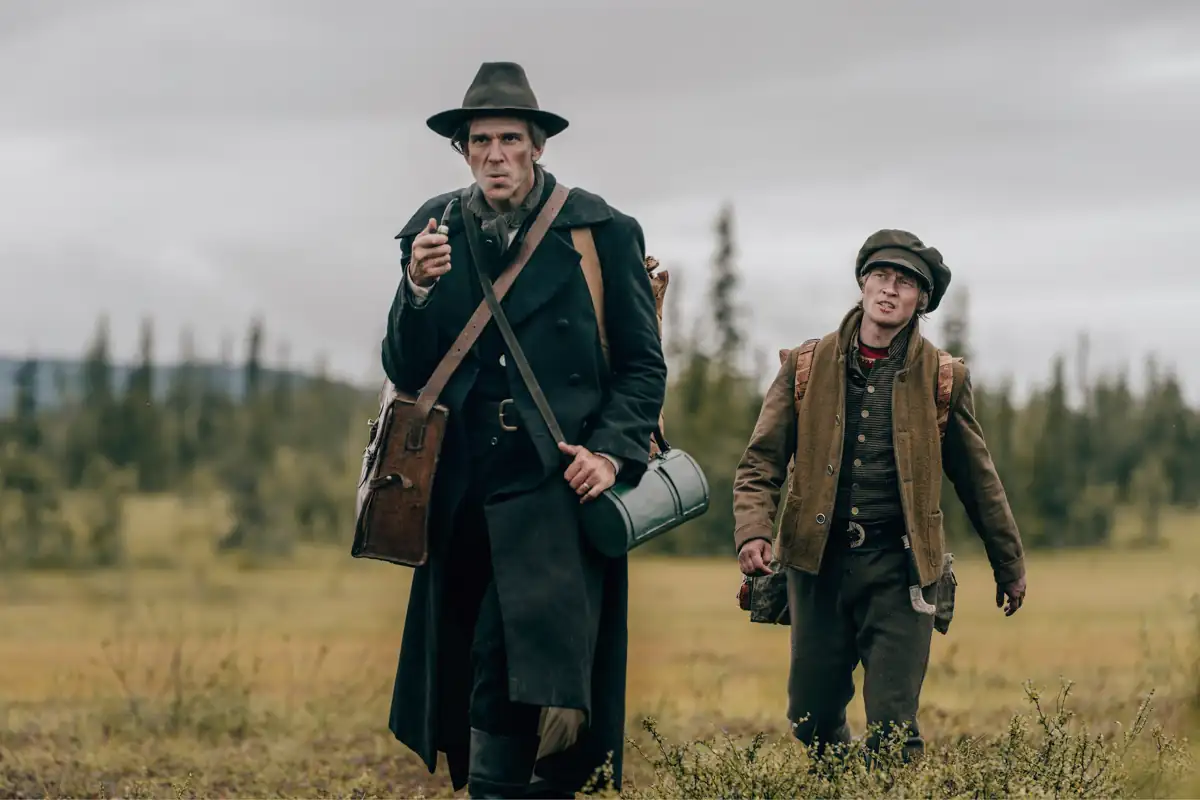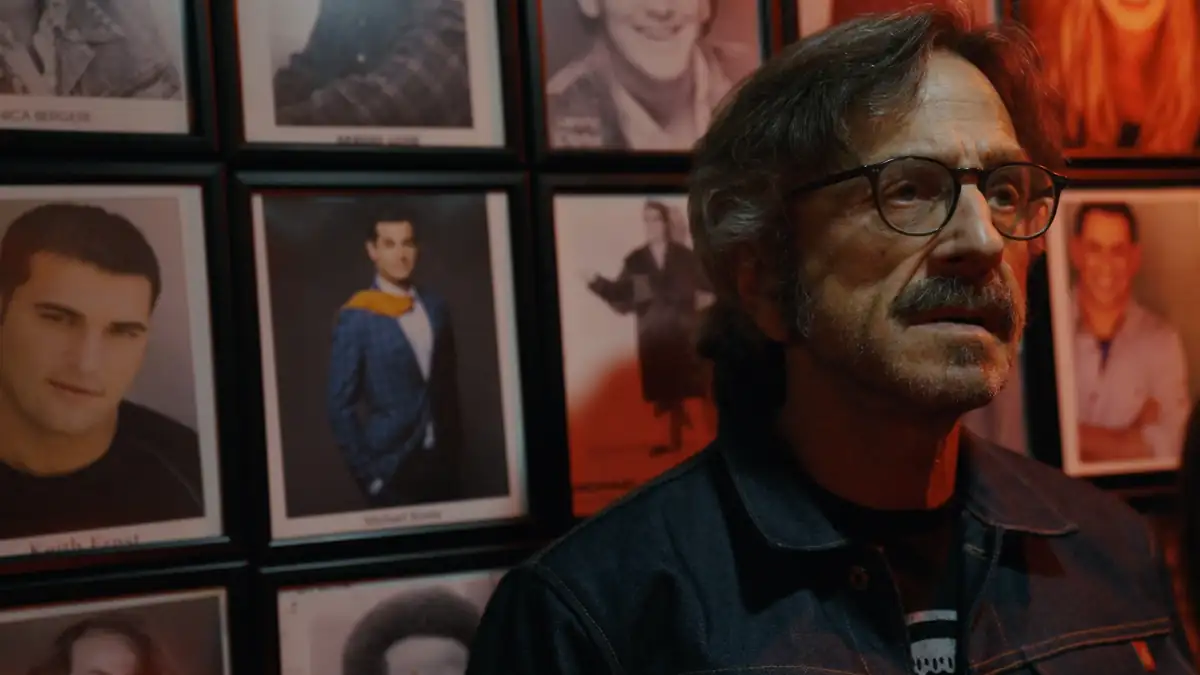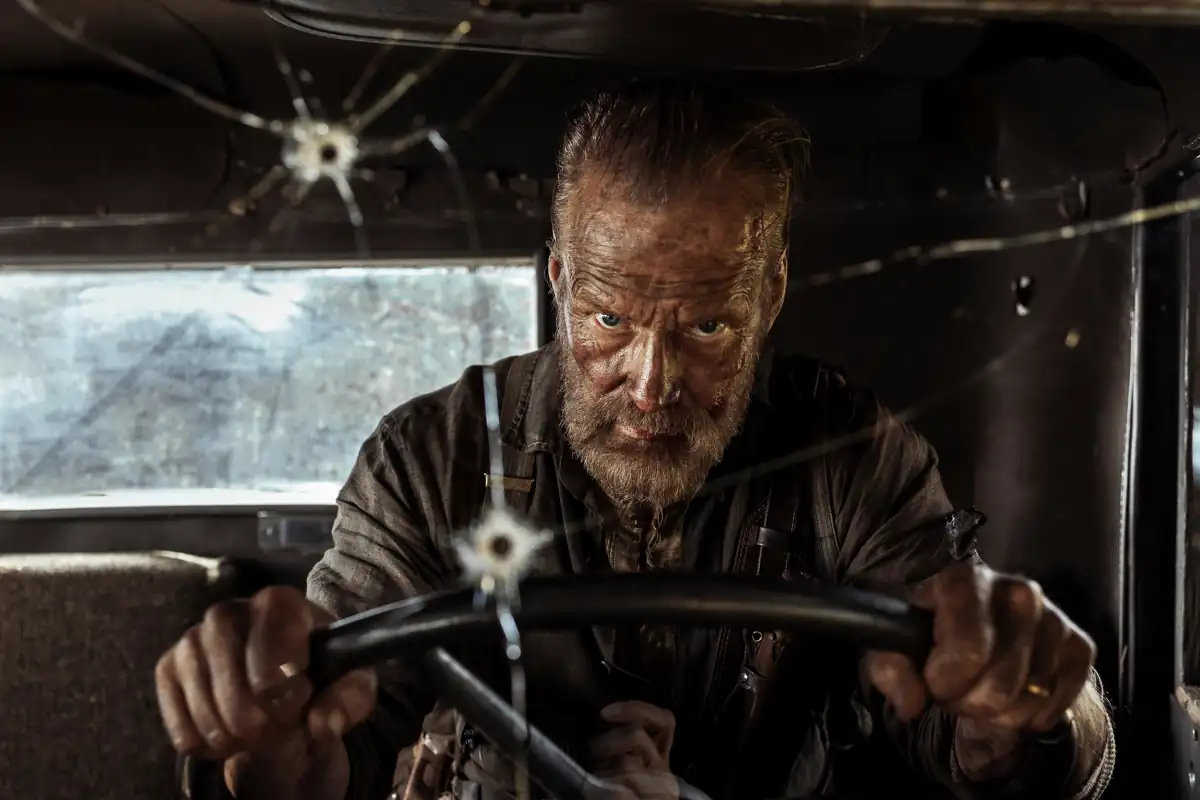★★★★★ | I want to wake up
THE PAINTED BIRD unfolds like a living painting akin to Hieronymus Bosch or Giotto, where the episodic nature of violence becomes cyclical, as if the very heart of man is to devour itself in the end. At the epicenter of this is an unnamed nine-year-old boy, living in seclusion with his aging aunt, at the outbreak of the Holocaust. When the aunt dies suddenly, he is left to fend for himself, somewhere in Europe, only to realize that all decency has gone out of the world.
At almost three hours in length, THE PAINTED BIRD is hard to recommend for anyone, but I’d be lying if I said it wasn’t an important film. In depicting the very worst parts of humanity, the film uncovers profound truths about our animalistic nature, many of which are hard to accept. About thirty minutes into the film, I experienced a visceral knee-jerk reaction to the horrors and contemplated walking out. I felt physically ill and mentally exhausted, knowing there was still another two hours left.
I’m glad I stayed. It would be lying to say THE PAINTED BIRD gets any easier, but it does provide context for the horror. We slowly learn why this world is so hostile, and through subtle clues, director Václav Marhoul crafts a mosaic of lives ruined by war. The film doesn’t make excuses for the behavior, nor does it seek to placate or comfort. Instead, like Giotto, he paints a kaleidoscope of misery. If viewed up close, it’s one that feels endless and nihilistic, only revealing itself as vivid and human when seen from a distance.
Locals sell the boy to a witch, who drags him across the desolate landscape from one village to another. They call him a spawn of Satan, a vampire, and a devil for his dark eyes and heritage. The black and white cinematography lets us fill in the gaps. Yet even as they violently mistreat the outsider, we see them huddle over others in worry, gasping and crying over the loss of loved ones.
Later, a trapper paints a blackbird and releases it into the wild. As it soars, it stands out with its newfound colors. The trapper turns his back and goes about his business; it’s no longer his concern. But the boy sees how the bird tries to return to its flock, and they, not recognizing their brethren anymore, viciously attack and kill the intruder.
Mysticism trades places with Christian iconography and institution, as the strong and vicious give way to unfeeling organizations. By stripping the story of any historical markers, Marhoul gives THE PAINTED BIRD the feeling of a Homeric odyssey that could happen anywhere at any time. Even the language feels displaced, opting for an Interslavic dialect that sounds like a Balkan etch-a-sketch. As viewers, we try to imprint our times and morals into a period of war, and when it fails, it feels like a physical rejection of ourselves.
These vignettes continue in a way that feels repetitive, then gratuitous. Later, once the heart has settled, they reveal themselves as the levels of trust we break amongst others, even as we fool ourselves to believe we are righteous. By depicting these acts with almost banal detail, Marhoul brings to life the words of Simone Weil: “We must prefer real hell to an imaginary paradise.”
It took Marhoul 16 months to film THE PAINTED BIRD. The difficult production time is visible in the physical transformation of its lead, Petr Kotlár, who ages before our eyes. As in its cinematic sibling, COME AND SEE, we witness him shed his childhood onscreen. To survive, he goes along with the world and commits acts of great violence towards others. Some earned, others less so.
The rest of the cast is equally impressive. Udo Krier is menacing as a jealous patriarch, Stellan Skarsgård and Harvey Keitel show up in both wordless and dubbed roles, each radiating comforting energy. Though for the former, it leaves a conflicting feeling in the pit of the stomach. Julian Sands is horrifying as a local villager, leaving an air of menace that lingers long after he leaves the story. Strictly speaking, none of them are necessary in these parts, and Keitel in particular feels distracting, but it doesn’t take away from their powerful presence.
In another moment of serendipity, the star of COME AND SEE appears here as a kindly Soviet soldier, who imparts parental wisdom on the young wanderer. History tells us the horrors of what he’s espousing, but in the face of reckless savagery, such kindness could convert even the strongest of wills. Barry Pepper, who doesn’t appear in movies enough, is similarly impressive as a sniper, who forlornly watches as his young friend quietly smothers his innocence.
What makes THE PAINTED BIRD harder to stomach is how beautiful it is. Visually, I can’t think of a single film this year that could compare. Yet Marhoul resists the urge to romanticize the violence. The world is gorgeous; our actions are a stain on it. In one of many striking scenes, THE PAINTED BIRD stages a horrific murder of mother and infant in an open meadow. Look anywhere else in the image, and it’s an idyllic scene of vast beauty. Our violence and inhumanity make a mockery of it.
The lack of color also forces us to focus on the details, which are plentiful and grotesque. Young Kotlár bears the brunt of it, yet one can’t help but feel there’s a glimmer of hope by the end. And in that lies the great achievement of THE PAINTED BIRD. Without fanfare, and even less than a faint promise, it allows us to believe in a chance for something better. How, I don’t know, but I feel it deep in my bones.
